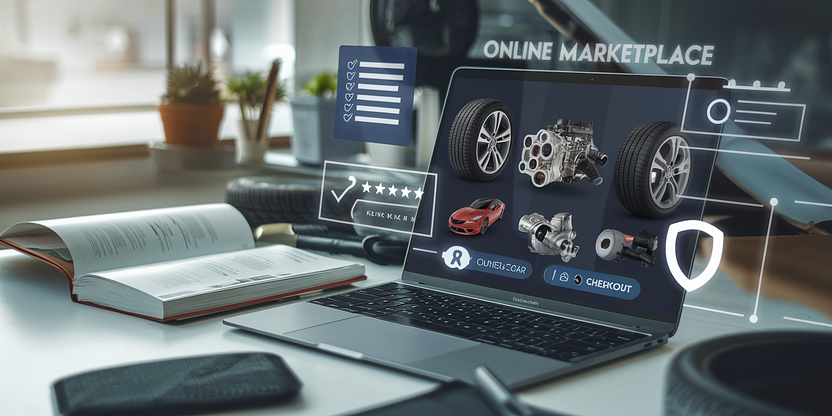
Car Parts Checklist: Engines, Brakes & Tires Guide (2025)
Introduction
In today's fast-paced world, ensuring your vehicle's optimal performance is more important than ever. A comprehensive car parts checklist focusing on engines, brakes, and tires can be the difference between a smooth drive and a potential breakdown. This guide will take you through the essential components you need to check and maintain to keep your car running safely and efficiently.
From engine maintenance that prevents costly repairs to choosing the right brakes for safety and durability, and selecting tires that maximize performance and fuel efficiency, this checklist will provide you with the insights and recommendations needed to make informed decisions.
The Complete Checklist
[ ] Engines
Why This Matters:
The engine is the heart of your vehicle, powering all other systems. Neglecting it can lead to poor fuel efficiency and expensive repairs.
What To Look For:
- Regular oil changes (at least every 5,000 miles)
- Timing belt condition (replace every 60,000-100,000 miles)
- Properly functioning cooling system
Recommended Products:
Budget Option: Fram PH7317 Oil Filter ($8)
A reliable oil filter for budget-conscious buyers, though it may need more frequent changes.
Best Value: Mobil 1 Extended Performance Oil ($28)
Ensures long engine life with excellent lubrication and cleaning.
Premium: Bosch ICON Wiper Blades ($50)
Exceptional longevity and performance in all weather conditions.
Common Mistake:
Ignoring minor engine noises. Address these early to avoid larger issues.
[ ] Brakes
Why This Matters:
Brakes are crucial for safety, allowing you to stop your vehicle swiftly and reliably.
What To Look For:
- Brake pad thickness (at least 3mm)
- Rotor smoothness
- Consistent brake fluid
eh
Recommended Products:
Budget Option: Wagner QuickStop Ceramic Disc Pad Set ($35)
Good performance with reduced noise at an affordable price.
Best Value: Bosch QuietCast Premium Disc Brake Rotor ($60)
Enhanced stopping power with quiet operation.
Premium: Brembo Brake Kit ($150)
Known for high performance and durability in rigorous conditions.
Common Mistake:
Overlooking brake fluid. Replace every 2 years for optimal braking efficiency.
[ ] Tires
Why This Matters:
Tires are the car's only contact with the road, affecting handling, fuel efficiency, and safety.
What To Look For:
- Tread depth (minimum 2/32 inch)
- Proper tire inflation
- Alignment and balancing
Recommended Products:
Budget Option: Hankook Optimo H724 ($65)
Offers decent durability and fuel efficiency, but can be noisy on highways.
Best Value: Michelin Defender T+H ($105)
Offers excellent durability and fuel economy with all-season safety.
Premium: Pirelli P Zero ($200)
Top-tier performance, especially in wet and dry conditions, for sports cars.
Common Mistake:
Ignoring tire rotation. This should be done every 6,000-8,000 miles to ensure even wear.
Budget Summary
Category Budget Best Value Premium Engines $8 $28 $50 Brakes $35 $60 $150 Tires $65 $105 $200FAQ
What are the signs of engine trouble?
Look out for warning lights, strange noises, loss of power, or changes in smoke emissions.When should I replace my brake pads?
Generally, brake pads should be replaced every 20,000 to 30,000 miles, or if you notice any squeaking.How often should tires be replaced?
Replace tires every 6 years, or sooner if tread wear indicators display.What's the importance of tire rotation?
It ensures even wear, increasing tire lifespan and improving safety.How do I check engine oil levels?
Use the dipstick: after wiping it clean, insert, remove, and read the level to ensure it's between indicators.
Final Checklist (Quick Reference)
- [ ] Engines
- [ ] Brakes
- [ ] Tires
 Checklist Method
Checklist Method



